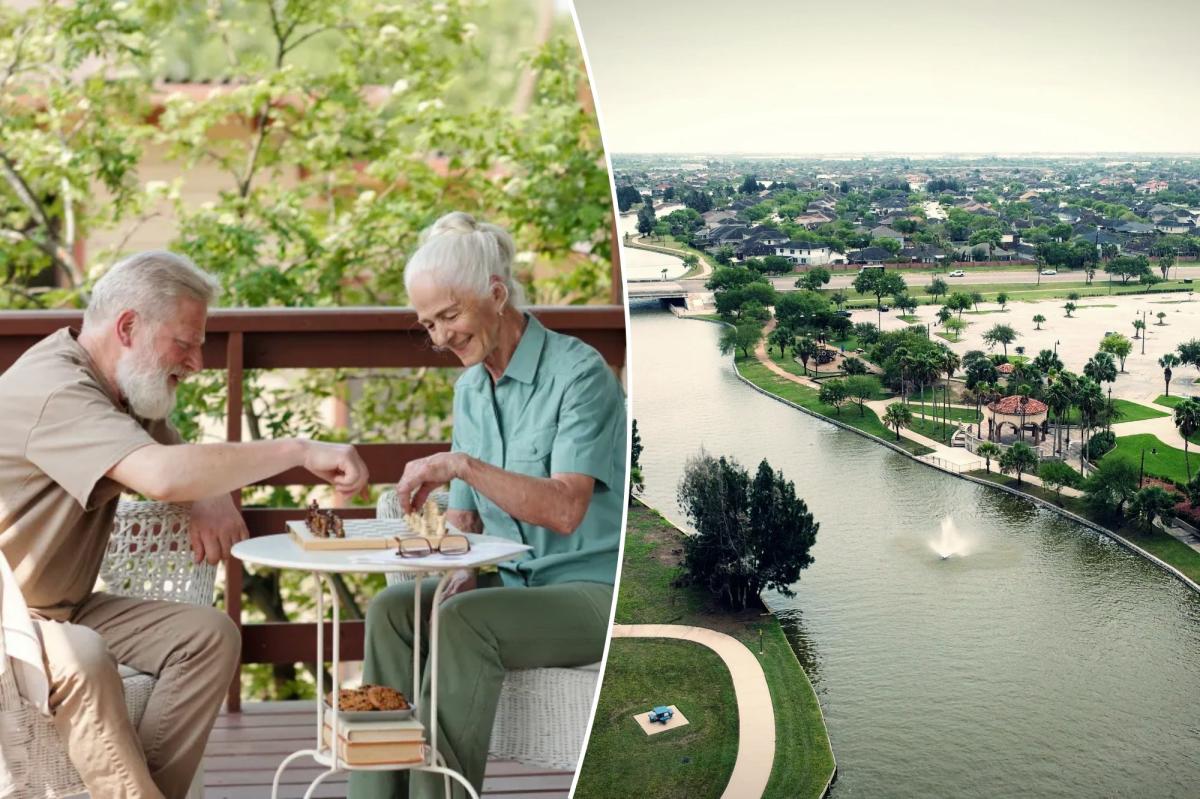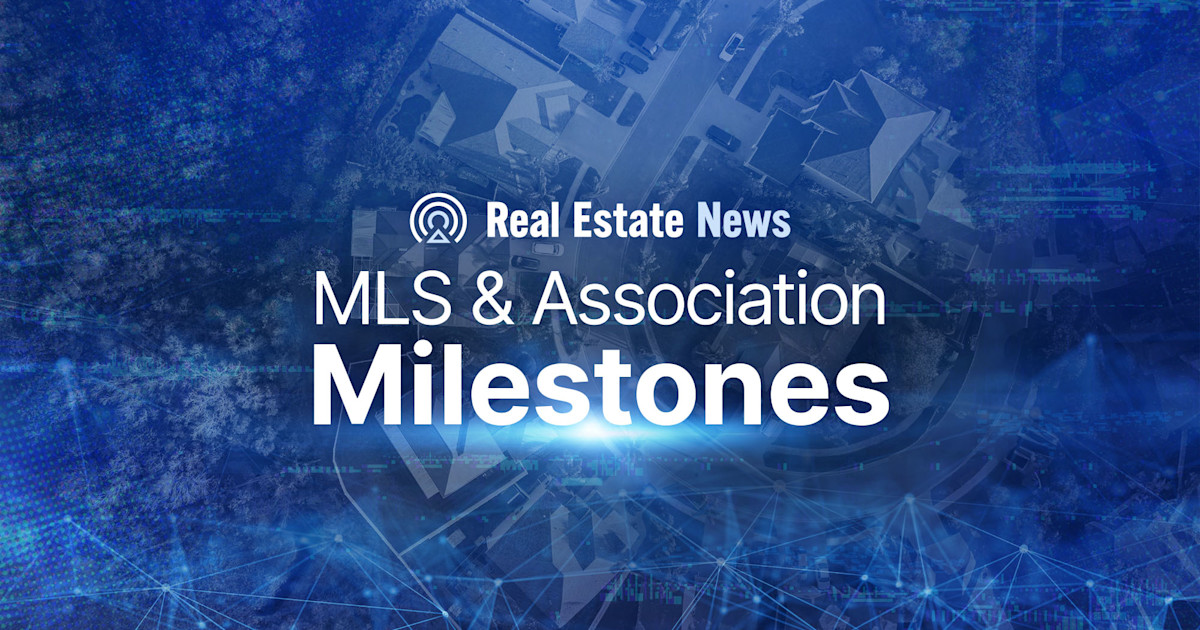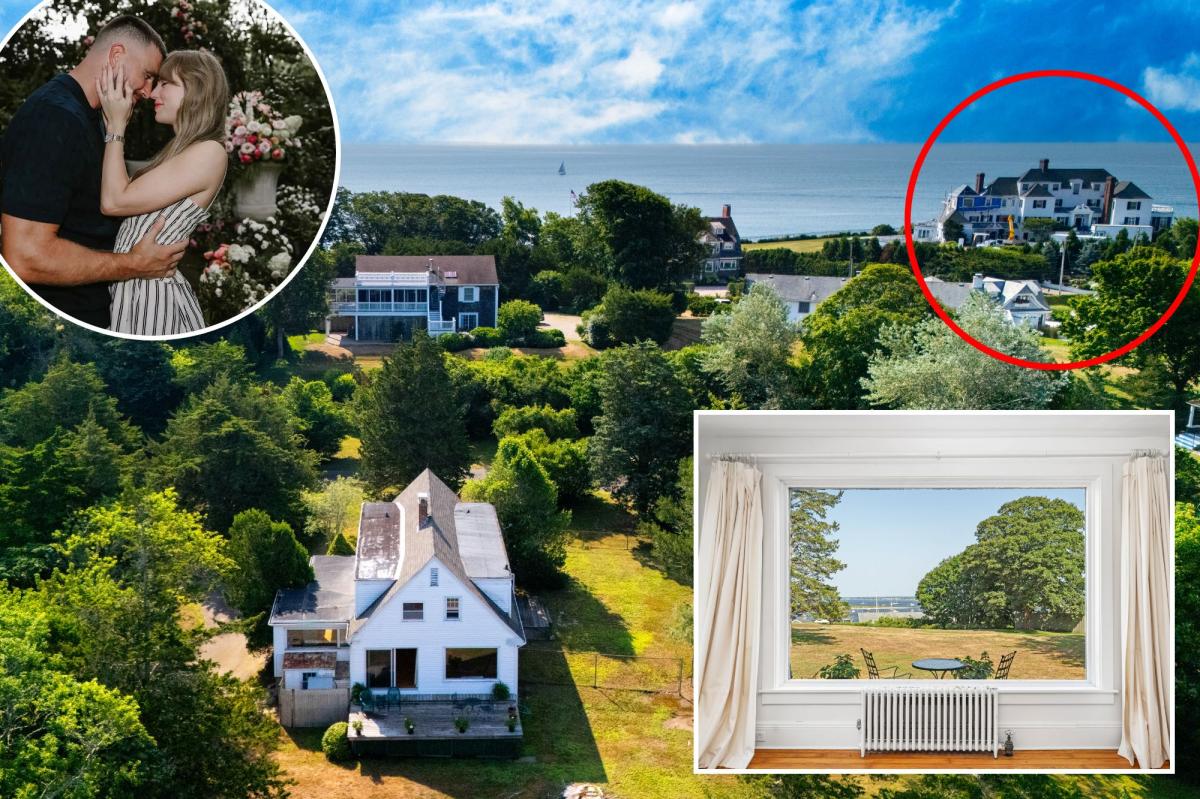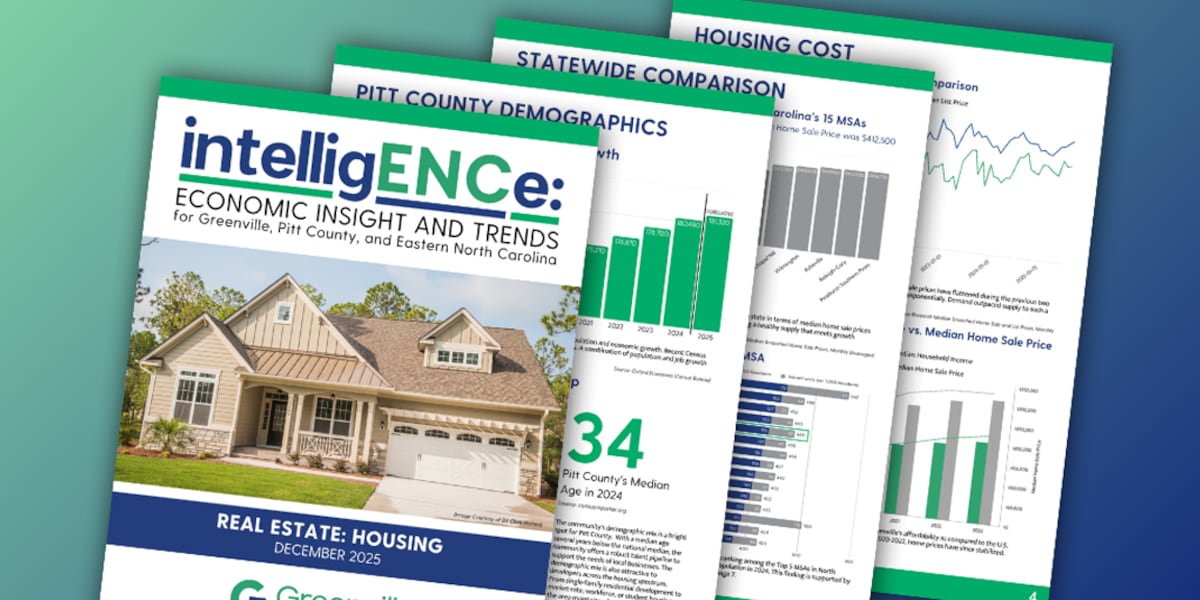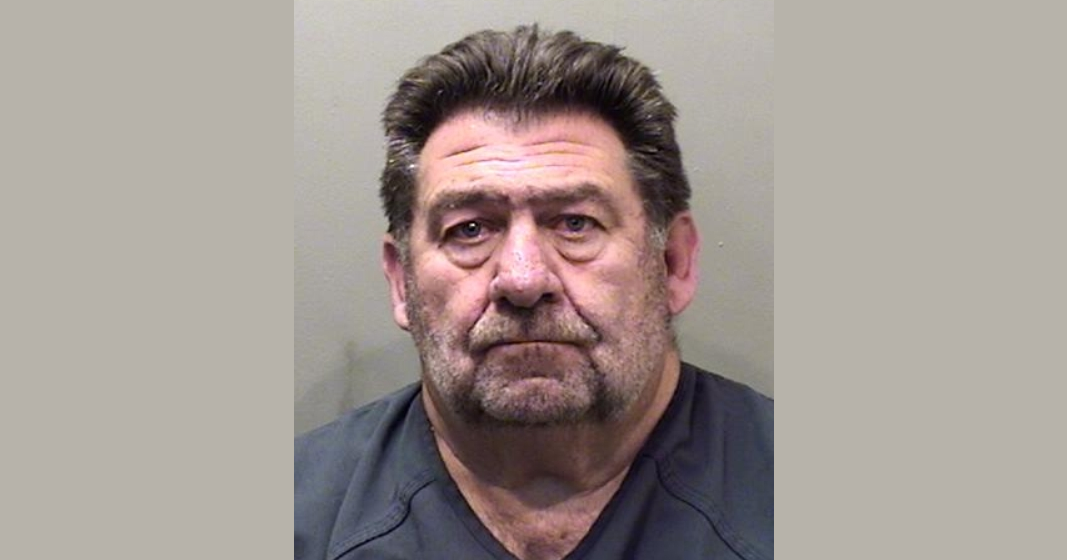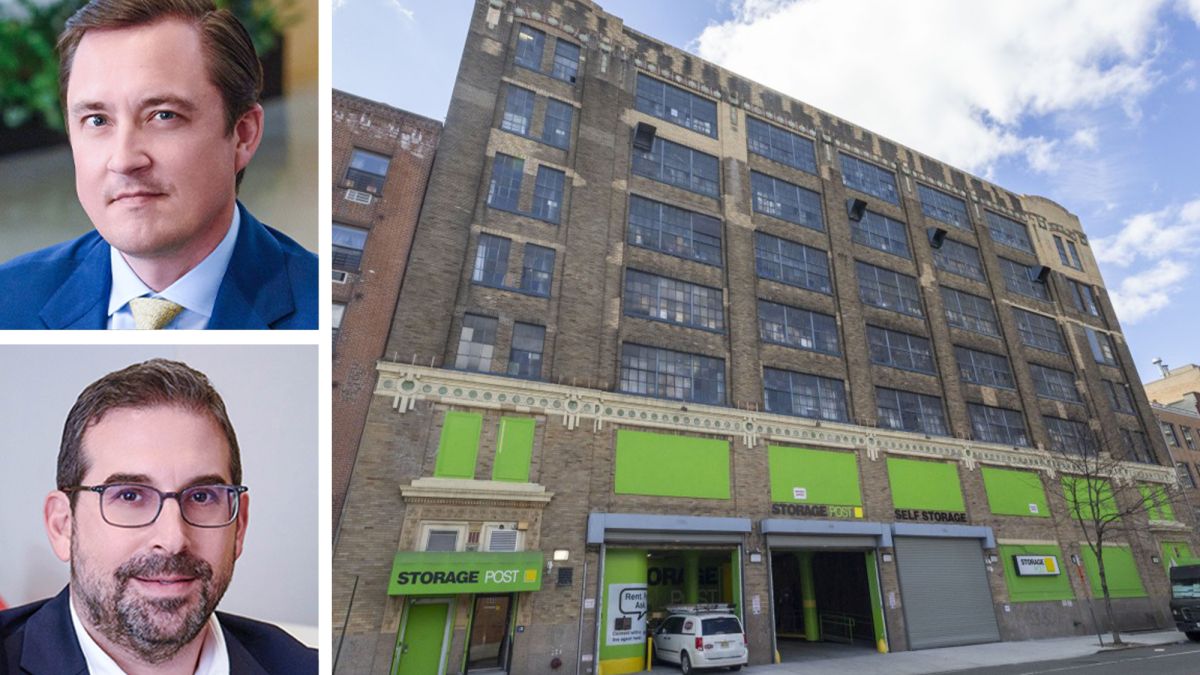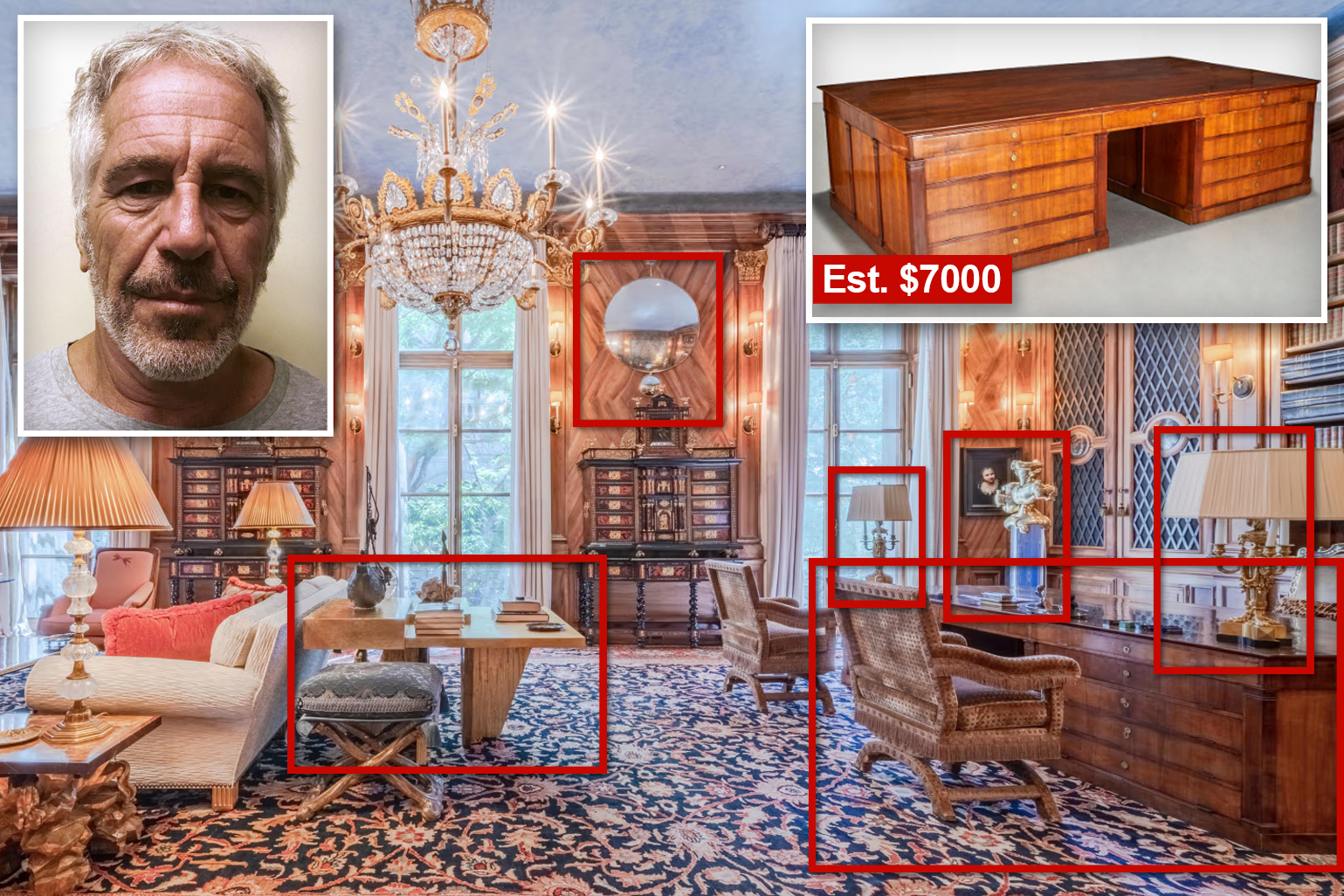I
n 2024, 40.3 % of U.S. owner‑occupied homes were fully paid off—a new peak that nudges the 39.8 % recorded in 2023 and follows a steady rise from 32.8 % in 2010, according to ResiClub’s Census‑based study. The trend mirrors the country’s aging demographic: as baby boomers and other older cohorts grow older, more Americans reach a point where their mortgages are cleared.
Among the roughly 35 million mortgage‑free homeowners, 54 % are 65 years or older, a group that represents just over a third of all U.S. homeowners. Within that age bracket, 64 % own their homes outright, compared with much lower rates among younger and middle‑aged buyers who still carry debt. The shift is largely demographic, driven by longer life expectancies and the gradual retirement of the boomers.
Geography also shapes the pattern. Low‑cost markets with older residents show the highest concentrations of debt‑free ownership. In the 200 largest metros, McAllen, Texas leads with 61.8 % of homeowners mortgage‑free, followed by Brownsville (57.8 %), Beaumont (57.1 %), Kingsport, Tennessee (56.2 %), and Longview (55.8 %). These areas typically feature modest home prices and a sizable senior population.
Conversely, high‑cost, fast‑growing cities exhibit the lowest shares of mortgage‑free owners. Washington, D.C. reports 26.4 %, Provo, Utah 27.0 %, Denver, Colorado 27.1 %, Greeley, Colorado 27.2 %, and Ogden, Utah 28.8 %. In these markets, home values and mortgage debt remain elevated, leaving fewer homeowners debt‑free.
The growing equity base—tens of millions of Americans holding substantial home equity—has attracted financial‑industry attention. ResiClub predicts an uptick in equity‑based products such as reverse mortgages, as older homeowners who have paid off their homes seek ways to tap that equity without selling. This shift underscores a broader evolution in the American homeownership narrative: the focus is moving from acquisition to retention, with an increasing emphasis on aging in place and leveraging long‑term home equity.
